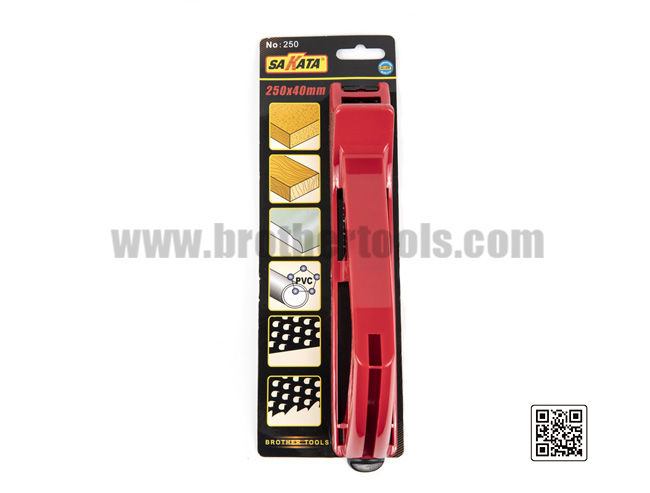ZHEJIANG HANJIA TECHNOLOGY CO., LTD.
XINCHANG BROTHER TOOLS CO., LTD.
As a beginner, the most commonly used chisel should be a flat chisel. The size is 3/4 inch, 1/2 inch and 1 inch. With these three specifications, even a good beginner is a good beginner. Set up. You can buy cheaper ones at a lower price, because afterwards you will have to practice polishing, etc., there will be more chances of loss, and you can buy expensive ones when you become more skilled in the future. It is best to choose a hit-resistant chisel (iron ring or plastic at the tail), so that you can safely hit it with a hammer when you use it.
The chisel has two sides, one is inclined and the other is straight. When chiseling, remember that the range of the face-to-face is what you will save, otherwise the face-to-face is to be removed. Before chiseling, draw the line first, and then use a chisel or scribe to make/mark out the dents. When chiseling, be careful not to be greedy and gouge a little, so that the chisel is not so fast and the chiseling will be easier and more accurate. Degree is better.
Chisels are mainly used in several directions, horizontal, diagonal and vertical.
When it is horizontal, it is mainly used to clean the plane. When using it, hold the chisel handle with your main hand (right-handed is the right hand, left-handed is the left-handed), and the other hand controls the direction of the chisel. The hand that controls the direction is as close as possible to the cutting edge. , This is more accurate. It is also worth noting that beginners use uneven force, which can easily cause the lower back of the clean surface, because the chisel is generally more forceful when pushing it to the back.
When slanting, pay attention to the inclined plane downwards. When the inclined plane moves downwards, the overall direction of the chisel is horizontal, so that it will not go into the wood block too much due to excessive force. Another thing to pay attention to is the direction of the wood grain. The cutting direction of the chisel should be opposite to the wood grain. If it is along the grain, it is easy to cause tearing and damage the wood block.
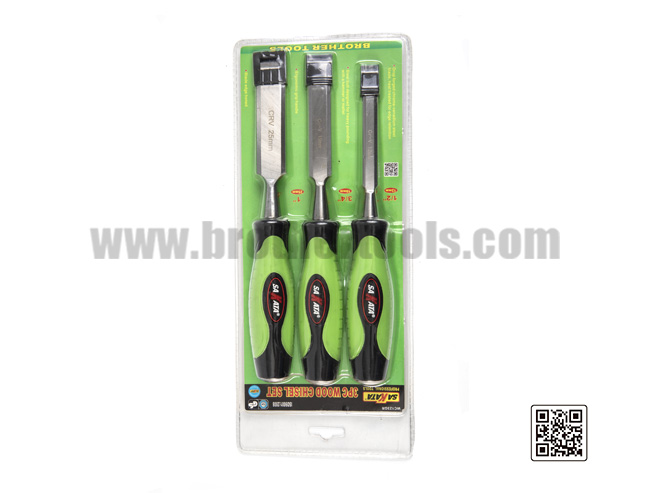
Remember to keep the chisel perpendicular to the block when it is vertical. At this time, you generally need a hammer to assist you. Pay attention to be firm when you strike. The number of strikes should not be too many, as the chances of making mistakes will be reduced. When holding the chisel in your hand, you can try to hold it as low as possible, so that the chisel can be placed more precisely where you need to chisel, and secondly, the chisel can be more perpendicular to the workpiece when hammering.
Keeping the sharpness of the chisel is very important. The sharper the chisel, the more precise you can achieve when processing wood, because you can control it better. When does it need to be polished? On the face of the chisel, use your fingers to feel whether the blade is curled back, if any, you need to sharpen it. Generally, I use whetstone to polish, and the bevel can be used with a sharpener to adjust the angle of polishing.
First, check whether the blade of a flat chisel is straight, because a cheap chisel may not be straight enough. The inspection can be done with a ruler (this method can also be used to test whether the surface of the wooden block is flat in the future). If the chisel is uneven, sharpen it to a level position, otherwise it will affect the accuracy of the tool.
After the tools are okay, you can use a line to draw the position to be chiseled off on the wooden block, and also draw the depth of the side. Then use a clamp to fix the wood block, and then use a chisel to cut the scratches along the line, so that the fibers of the wood block can be cut, and then when chiseling, only moderate force can limit the processing range. When scratching, you can choose to press the chisel down with your body pressure with your bare hands, or put the chisel on the line and hit it with a hammer. When aiming at the line, remember to keep the hand holding the chisel as close as possible to the cutting edge, and at the same time pay attention to the direction of the chisel slope should be the direction of the waste. If you are not confident enough, you can put the chisel in the line a little while scribing, because more chisel can't be saved, and less chisel can be repaired slowly. In addition, pay attention to the verticality of the chisel when scribing. If you are not confident, you can use a square ruler as a reference.
After cutting the wood fibers in the processing area with a chisel, you can use the chisel to be diagonally matched with a hammer to remove the unwanted wood blocks, pay attention to the inclined surface downwards, and do not use excessive force. After diagonal chiseling, you can chisel at the place where the line was previously marked to ensure that the outer wood fibers have been completely cut off. Then you can lay down the flat chisel and clean up the unwanted sawdust. If you didn't check whether the flat chisel is straight or not at the beginning, it will be difficult to do this step, and the things you will make will be inaccurate, so I prefer to slow down and ensure the integrity of the tool.
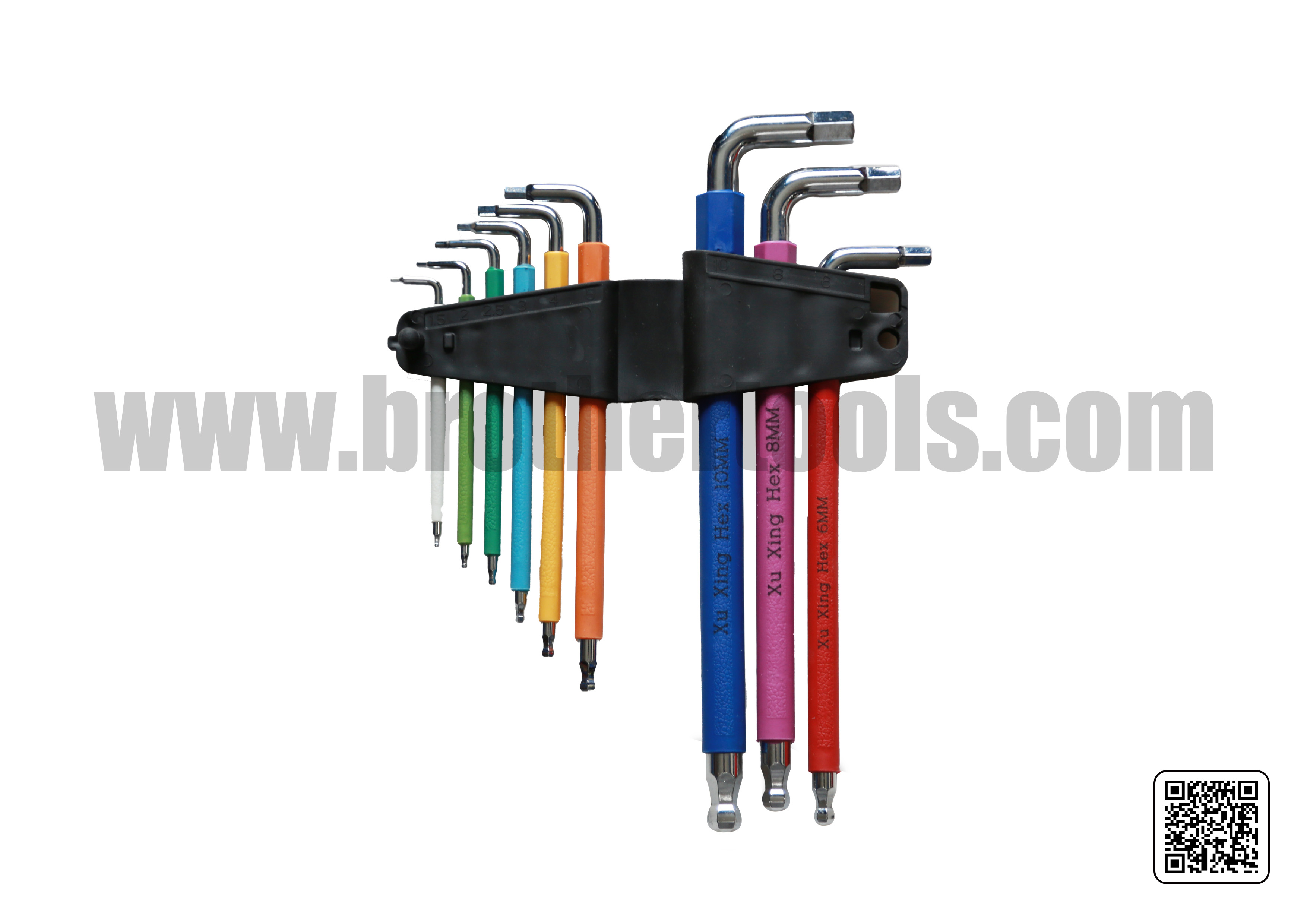
NO: BR24041
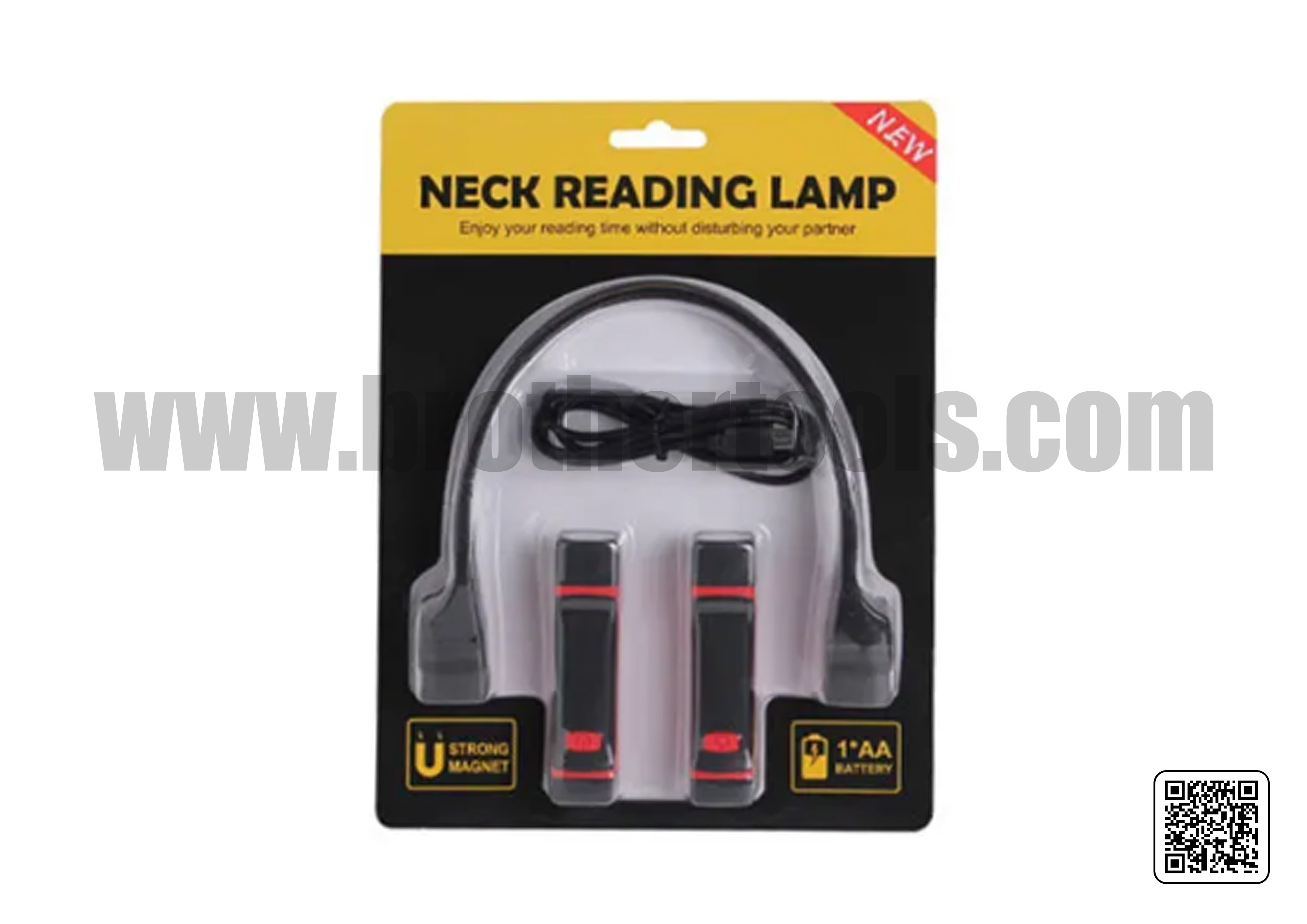
NO: BR25161
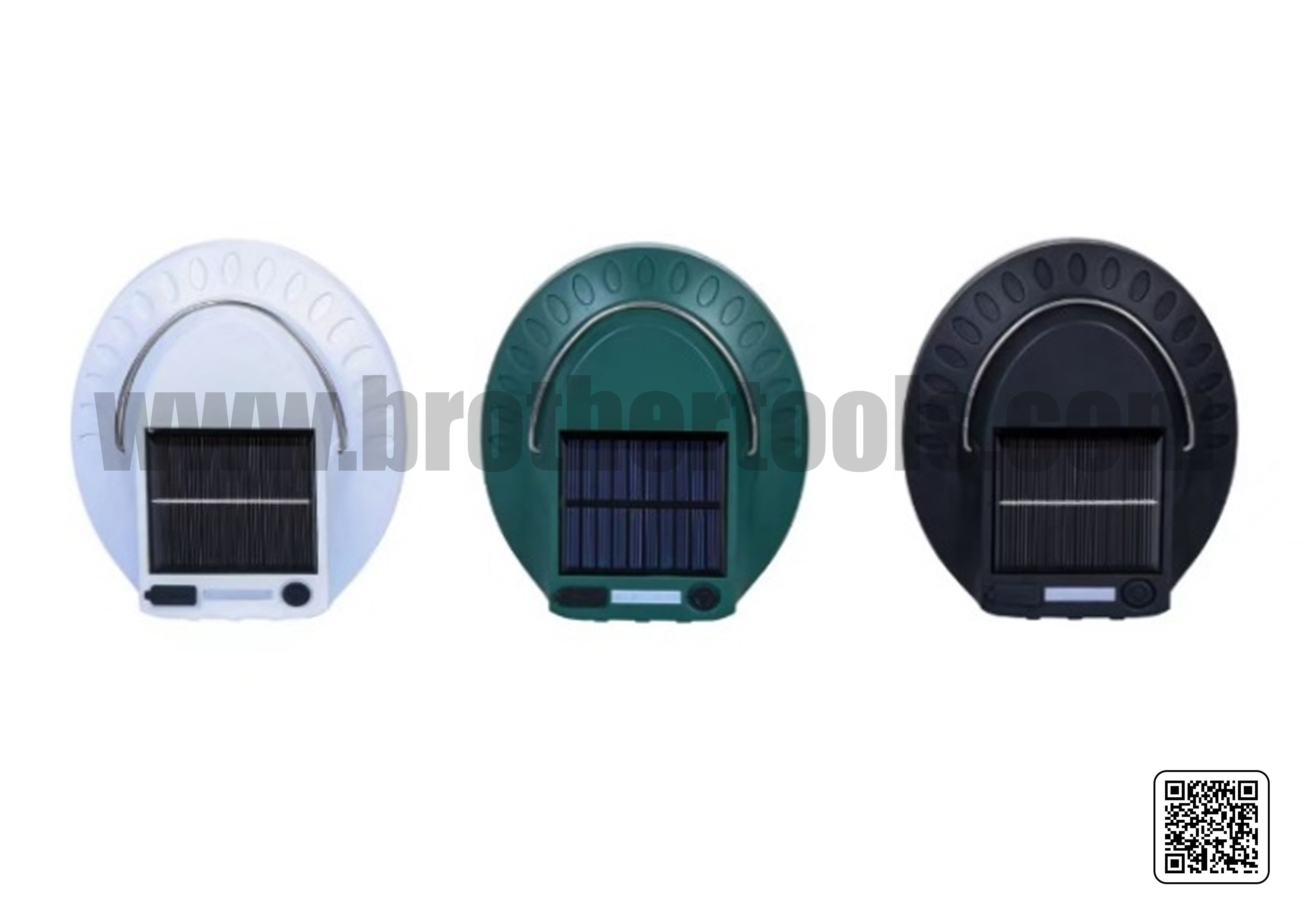
NO: BR25168
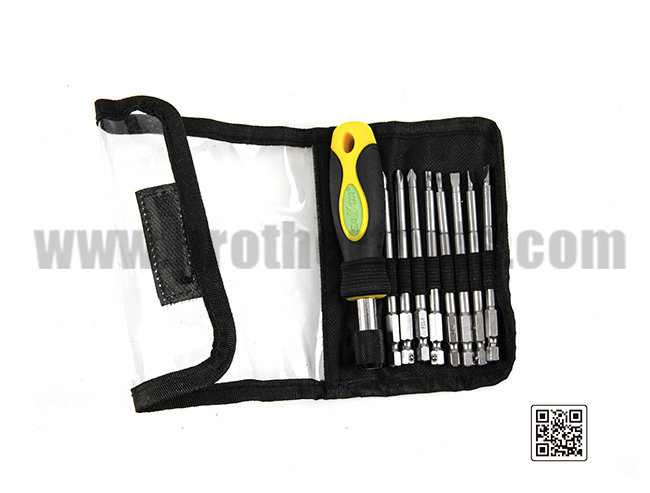
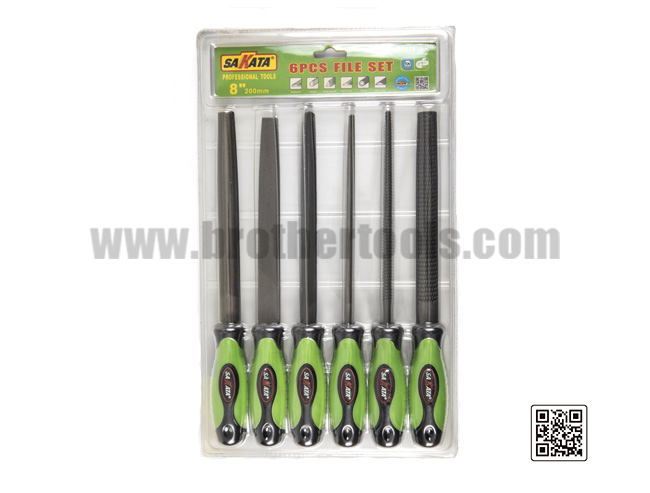
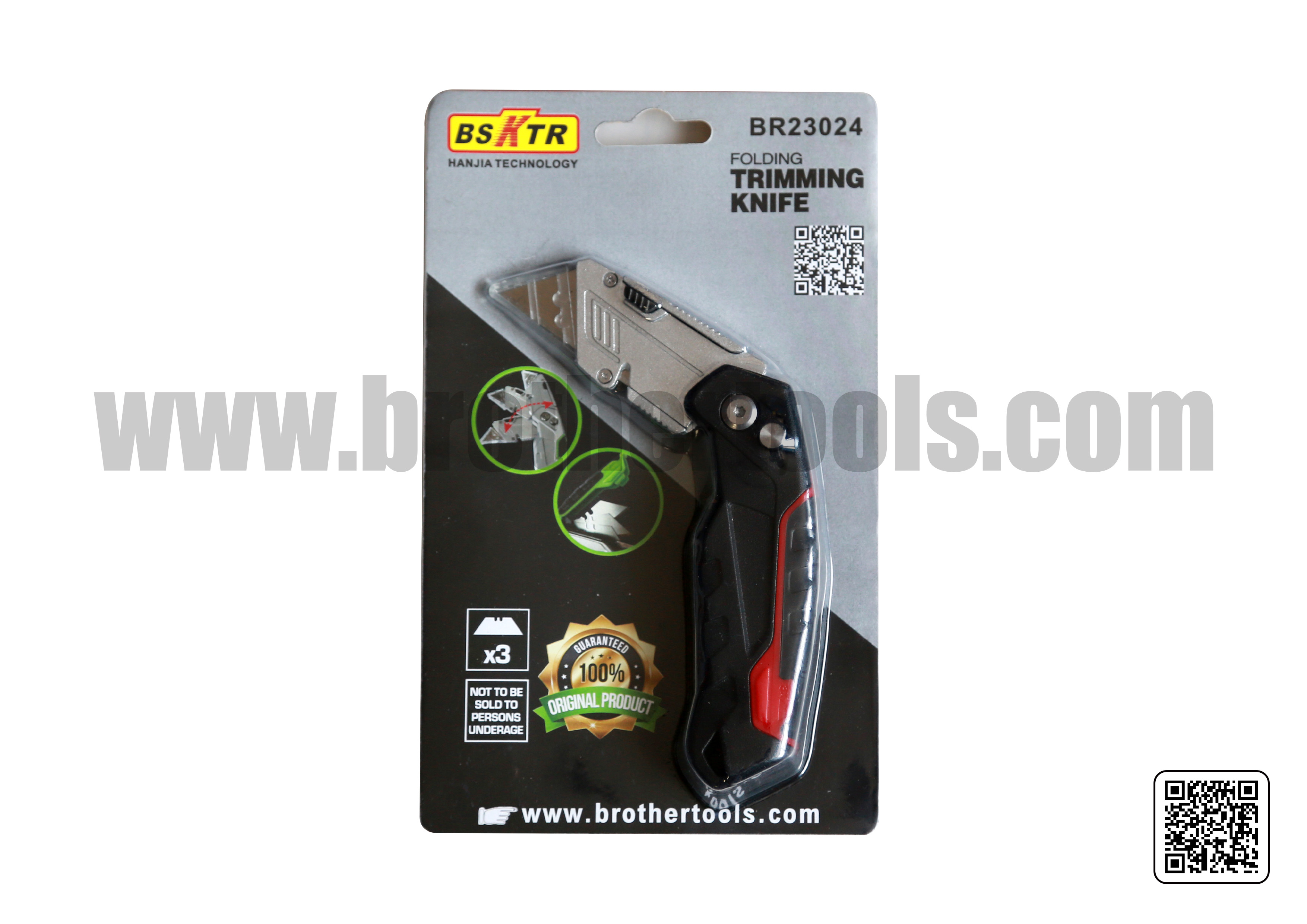
NO: BR23024
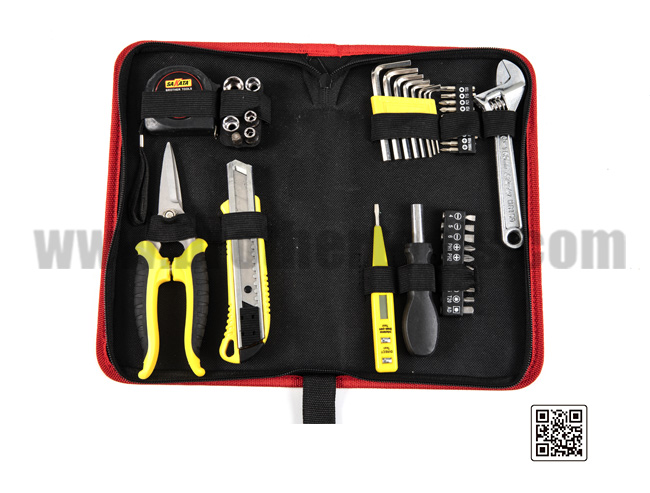
NO: ZT2055
